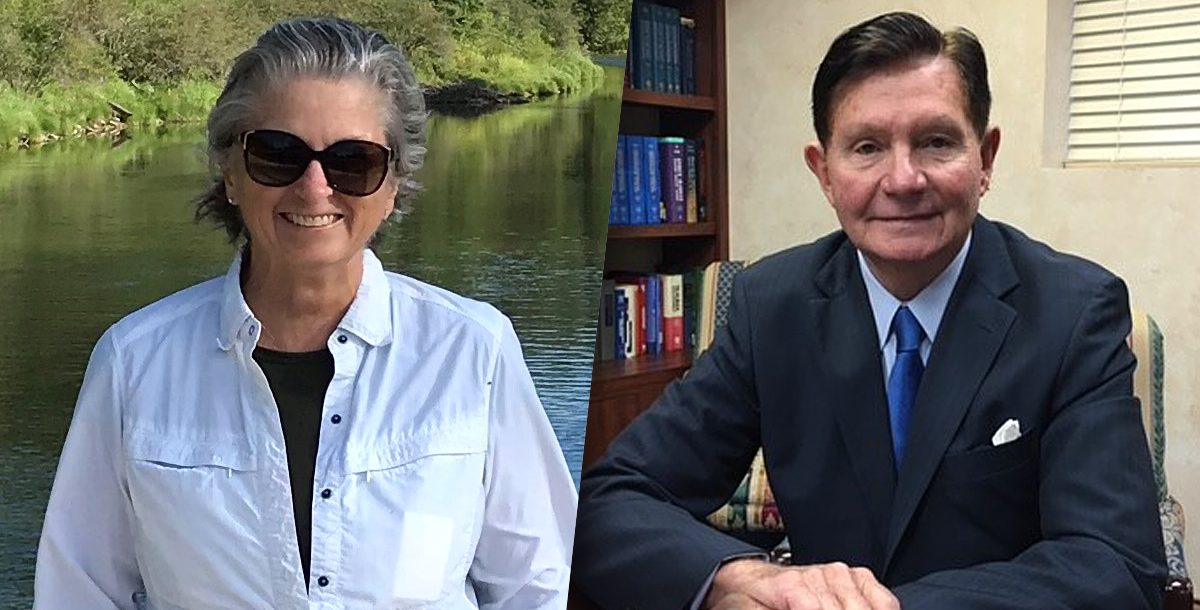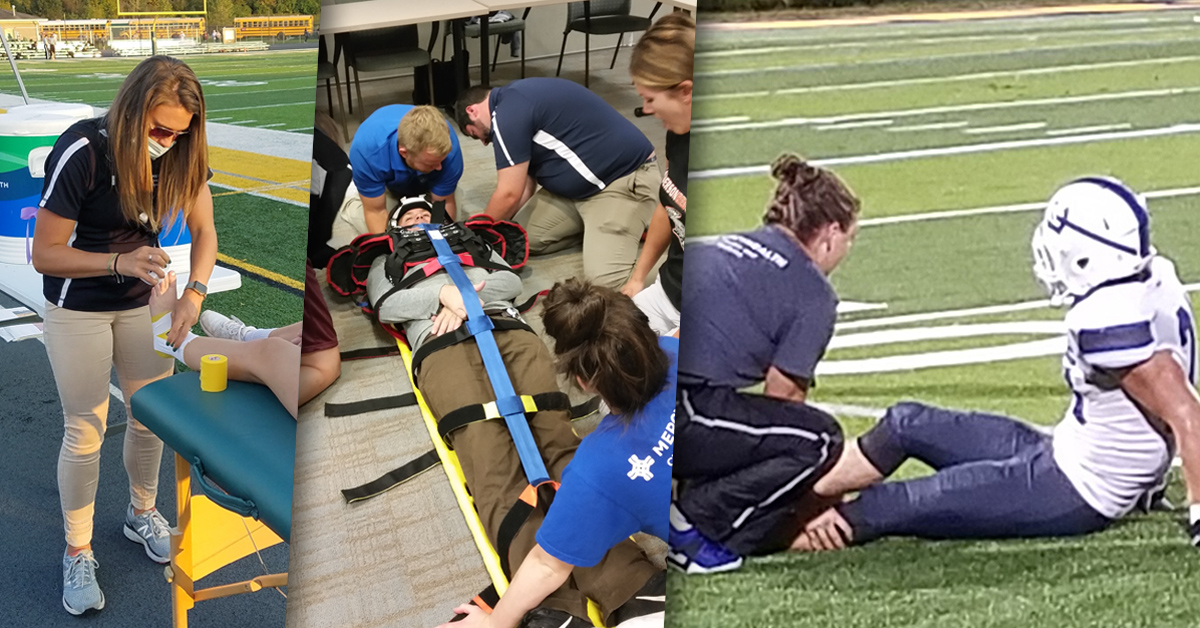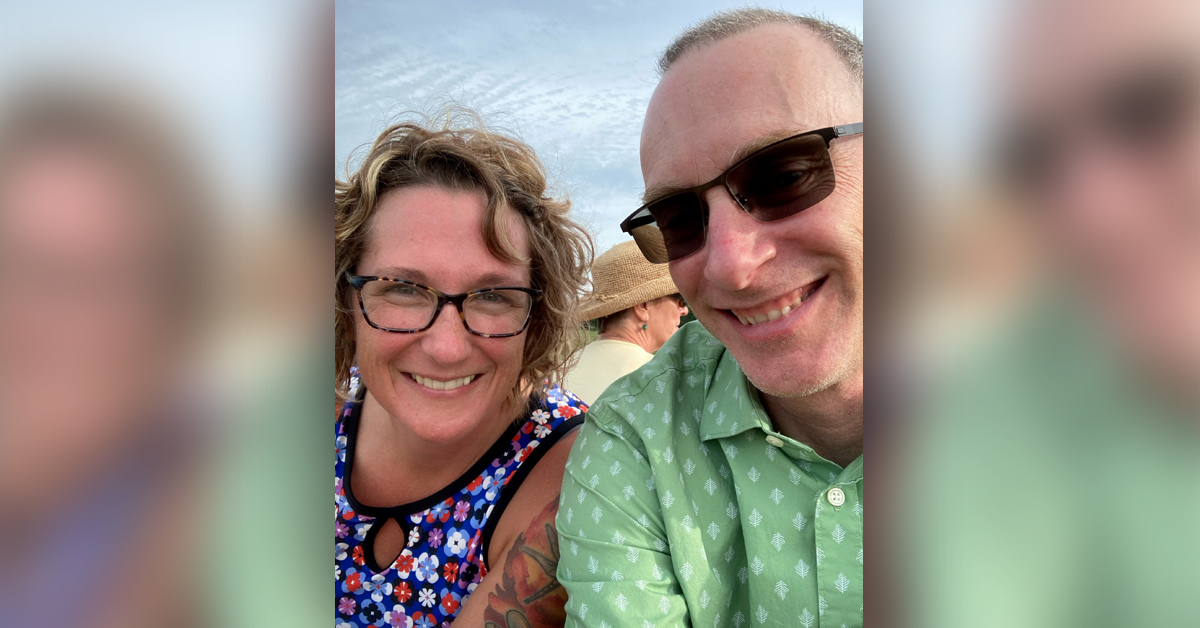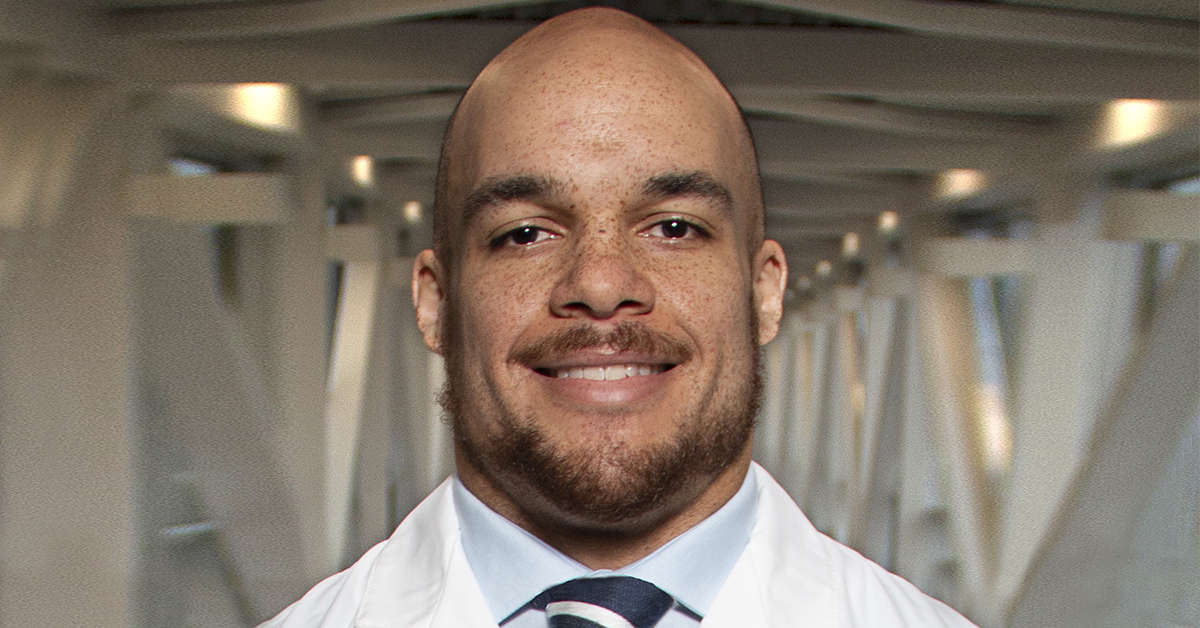Judy Witbeck, 74, (pictured above, left) is a very active person. So when she needed knee replacement surgery, she didn’t hesitate to have it, assuming that she’d be able to return to her active lifestyle once she recovered.
While everything went mostly as planned with her first knee replacement, this was not the case with her second.
Knee replacement patients perform exercises in rehab that should help break up any scar tissue and return the knee to full flexibility. Although Judy kept achieving the degree of flexion her care team wanted to see and releasing her from rehab, her scar tissue kept coming back.
Judy had developed arthrofibrosis, a buildup of excess scar tissue that can lead to a permanent inability to bend or straighten the leg.
Patients with arthrofibrosis experience limited knee motion, pain, swelling and significant functional loss of the leg. While arthrofibrosis can occur after any surgery, it is most prevalent after total knee replacement.
Following two rehab stints, Judy’s doctor performed a manipulation on her right knee in another attempt to permanently break up her tissue. When the manipulation was unsuccessful, Judy’s doctor then surgically removed scar tissue from her knee.
After one more round of rehab, the scar tissue returned. Judy felt she was out of options.
“The doctor released me from the practice saying he couldn’t do any more for me,” Judy recalls. “Arthrofibrosis is not uncommon, but I found myself on my own trying to find someone to help me.”
Given the time that had passed since her knee replacement, many doctors weren’t willing to take Judy on as a patient.
Then she found Frank Noyes, MD, (pictured above, right) one of our orthopedic surgeons as well as renowned knee expert, who agreed to treat her. Dr. Noyes and his team at our arthrofibrosis center provide treatment for patients throughout the country.
So Judy traveled from her home in Savannah, Ga. to Cincinnati, Ohio to start a six-week treatment program.
“I felt honored and thrilled that he took me,” Judy shares. “My knee woke me up because it hurt. I couldn’t sleep through the night. It was stiff and I fell on the tennis court. I broke my wrist because my leg couldn’t move. I couldn’t walk up and down stairs and it was hard to get into cars.”
Dr. Noyes leads a specialized arthrofibrosis center staffed by a team of specialists in orthopedic surgery, rehabilitation physical therapy and rheumatology. After evaluating Judy to rule out if an infection or another factor contributed to her arthrofibrosis, Dr. Noyes performed a minimally invasive surgical procedure to remove Judy’s scar tissue on Aug. 10, 2022.
“While there, he stretched some of my tendons, too. They had shrunk because I couldn’t move my leg,” she says. “Because Dr. Noyes specializes in arthrofibrosis, he understood how to do the surgery.”
Judy stayed in Cincinnati while she underwent an extensive and gentle rehabilitation process dedicated to returning her muscle strength, knee motion and function. She also benefited from specialized medications, known as orthobiologics, including platelet-rich plasma, Judy’s own bone marrow cells and rheumatology medicine. All of these helped block the return of Judy’s scar tissue and reduced her inflammation.
“The rehab up in Cincinnati was different,” she says. “In Savannah, it was no pain, no gain. I was doing exercises until it hurt.”
Now she is back at home and diligently performing her rehab exercises for six to eight hours daily.
“I get up in the morning and do my daily exercises first,” she explains. “Then, I ice my leg, do manipulation on my knee and other exercises, too. I never want my knee to get back to the way it was before. Dr. Noyes and his team did what they did for me. I owe it to them to do what I need to do to keep it this way. They gave their all to me, so I do the same.
Judy adds, “I just can’t believe how my leg is now. It feels different this time. It doesn’t hurt. Previously, it hurt all the time.”
Overall, Judy is hopeful about her prognosis.
“I have to get through a year without the scar tissue coming back. But I should be fine after that,” she says. “I couldn’t be happier. I feel blessed and fortunate and can’t get over the fact that I can walk up and down steps and get into a car. My major motivation in having knee replacement surgery in the first place was to be mobile and do things with my husband, children and grandchildren. I don’t like having to be dependent. The results I’ve had from working with Dr. Noyes will really allow me to feel more comfortable doing things. Who knows what I’ll do next?”
“We find that 75 percent of arthrofibrosis patients will respond to this advanced treatment program,” Dr. Noyes adds. “However, we do caution that 25 percent of patients may not respond, particularly patients who are many months into the arthrofibrosis episode. In these cases, the scar tissue is so mature and abundant that it is not possible to restore knee motion and function. The earlier the patient presents for this advanced treatment, the better the results will be.”
Dr. Noyes and his team perform surgical procedures at The Jewish Hospital – Mercy Health and rehabilitation at our orthopedic, sports medicine and rehabilitation location in Kenwood.
Learn about all the orthopedic and sports medicine services we offer at Mercy Health.






